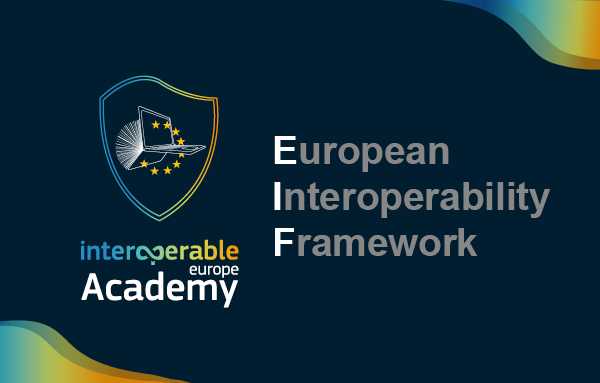Introduction to Artificial Intelligence for Public Service Interoperability
Course details
As AI models become more and more
powerful in linking data together and extracting and linking it based on its
semantics, different methods and approaches have been proposed to apply AI to
support interoperability. At the same time, different proposed approaches have
shown that interoperability can support AI by providing data that is of
assessed quality.
This course will provide an
introduction to the fundamentals of AI for interoperable public services,
covering the concept of Artificial Intelligence, and its components, the legal
and policy contexts, methods to support interoperability through AI, challenges
and example applications.
Target audience
Policy makers, Members of EU public administrations who want to learn about basic aspects of AI and Interoperability and approaches to support Interoperability through AI and vice-versa.
Learning objectives
- know what an AI system is
- understand the basic components of an AI system
- understand the challenges related to data quality in the context of AI systems performance
- understand the 4 interoperability layers of the EIF
- know the basics on AI Act and EI Act
- understand the basic aspects of AI supporting interoperability and apply them in their work
This content is offered by the European Commission. The European Commission is the European Union's politically independent executive arm. It is alone responsible for drawing up proposals for new European legislation, and it implements the decisions of the European Parliament and the Council of the European Union.

Schedule
- 1. Course overview and introduction
- 2. Introduction to AI and its components
- 3. Introduction to interoperability
- 4. AI supporting IOP in public administration in the EU Member States
- 5. Conclusions and next steps
- Quiz
- Feedback
- Certificate of Completion
- !! Report Any Technical Issue Here !!



